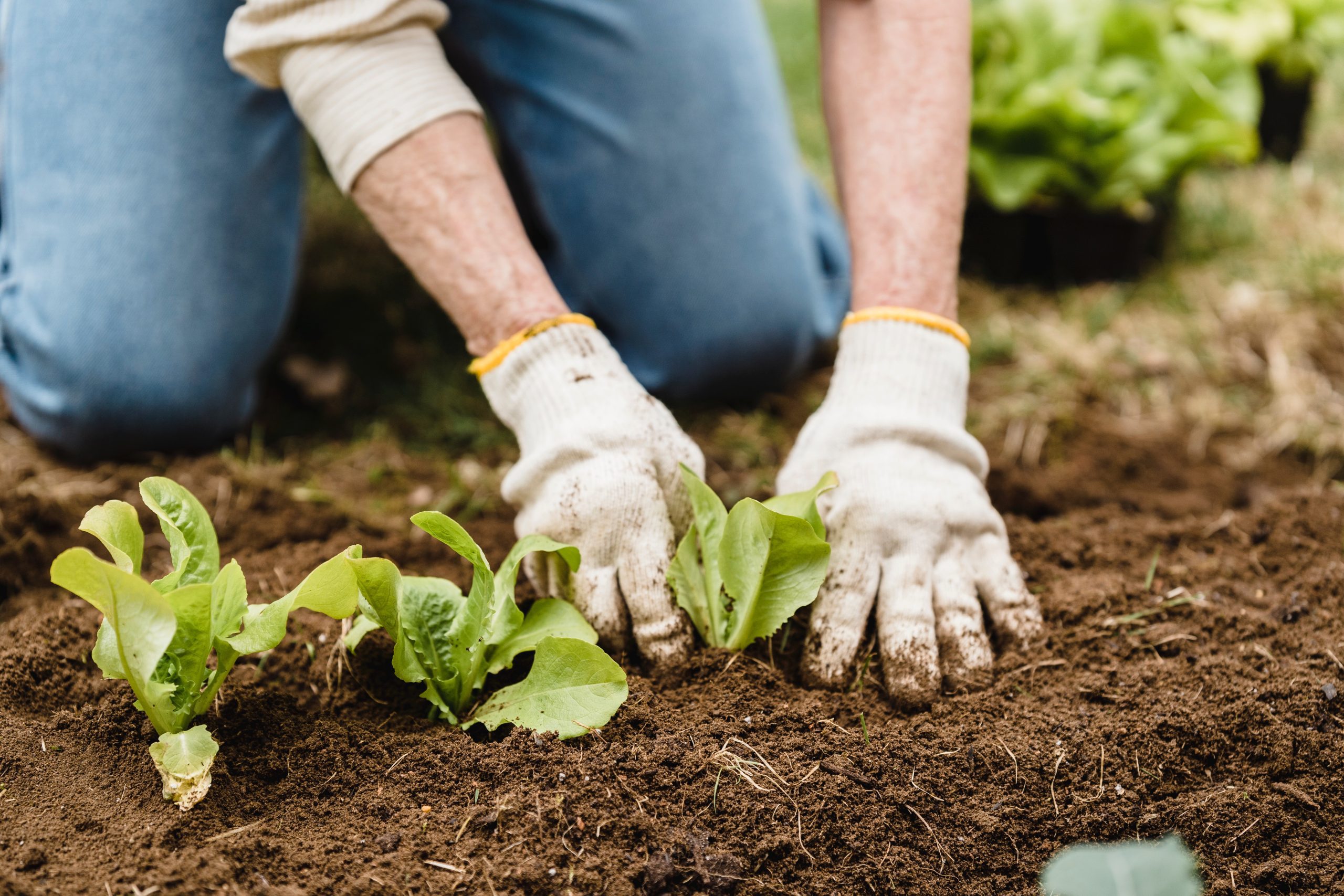Growing vegetables in a home or community garden requires one to prepare a proper area with enough sunlight and early planning for planting at the right time. It is essential to plan your vegetable production so that you will know which crop to plant and which actions to perform at specific times.
One form of good planning is to determine what your family’s preferences and needs are before you decide what to plant in a specific season. Make a list of all the vegetables that you and your family enjoy eating. This will help you decide which vegetables to plant and how much of each crop.
On the other hand, your family may like vegetables that are not so easy to grow. Cucumber, for instance, easily attracts pests and diseases and is also generally more difficult to grow successfully. Other vegetables are easier to grow as they attract less pests and diseases, for instance spinach (marog).
Plan before the time which vegetables you are going to plant in each bed. Make notes of when each vegetable is to be sown and the number of sowings of each. Mark the rows you wish to assign for each vegetable type, for example:
One row of tomatoes, 40 cm apart.
One row of peas, 40 cm apart.
One row of beetroot, 20 cm apart.
One row of carrots, 30 cm apart.
Two rows of onions, 20 cm apart.
Two rows of spinach, 20 cm apart.
If you know what you are going to plant, you won’t have to guess which seeds to buy when you arrive at the store. The seedsman at the store or nursery generally is fully experienced to give you more advice than the instructions on the seed packets.
Another key point of planning is the height that the plant will grow. To maximise the exposure to sunlight and air flow, it is best to plant the smallest vegetables in the front, the medium in the middle and the tallest at the back.
In your planning you must make provision for the time that the seedlings will have to grow in the seed trays before it can be transplanted. For most vegetables you will have to sow the seeds about six weeks before they are to be planted outdoors.
Another issue in your planning and designing is to determine the harvesting dates of the different plants. A critical period in planning is when the seasons overlap; the harvesting of one season’s crops and the delay before planting of the next, may cause a break in continuity of supply.
You also have to estimate how many packets of seed or seedlings you will need and know how to select the most suitable cultivar or type of vegetable. The basics of how to get started and to guide you in your planning can be found on the seed packet. The seed packets of the different seed companies will help you to determine necessary information on the seed packet. On the front side of the packet you will get the company name, a picture of the type of vegetable and the cultivar.
If you turn the packet around, you will get the necessary information to help you in planning what to plant when and how. It will tell you whether you can sow directly or make use of seed trays or a seedbed, as well as the sowing depths. And the distance between plants and between rows. It also gives information about moisture of seedlings as well as after transplanting, days to harvest, and how big the vegetable must be before harvesting.
From the seed packets you can thus gather all the information that you need to draw up a planting guide to help you in the planting process. Free sowing guides are also available from nurseries.
When your planting guide has been prepared, you will not have to worry about remembering when you should perform the various tasks. The planting guide will later become a production record, where you will fill in the actual date of transplanting and date of harvesting, etc. Record keeping is part of management, even if you start a small backyard garden. When you get in the habit, you will soon wish to expand and this is where your records come in handy! This information will also be very helpful to plan the following year’s planting.
Good planning of your garden will help that you do not use all the beds in your vegetable garden at the same time, therefore sow, or plant a single crop. It is better to have smaller crops of different vegetables every now and then instead of big crops of a single vegetable once in a while. Careful planning will avoid this.
In your efforts to maintain continuity in the production of vegetables throughout the year, it is very important to realise that there must be a balance between
harvesting existing crops on the one hand and planting new vegetables on the other.
Your plan should allow for staggered sowings of fast- growing and short-term vegetables such as lettuce, bush beans, carrot, beetroot, cabbage and salad.
Also take into account crops with a long growing season and plan accordingly. These include some cauliflower cultivars, spinach, onion, pumpkin, some squash cultivars, Swiss chard and tomatoes.
Note the average time between sowing and germination then add them to the estimated growing period through to the completion of the harvest to get a reasonably accurate idea of when beds will be ready for the following crops. You will then have a good idea of how long a specific vegetable crop will be occupying a bed in your garden. This information can then be used in future planning.
After two or three years of recording the location of various vegetable cultivars, it will simplify crop rotation. Good planning will also help you to avoid gaps in your production where you don’t have anything to harvest. Good planning will save you money, time and labour in producing crops throughout the year.
Now that your plan is ready, it is time to stop dreaming and begin with the next step in the management of your vegetable garden, namely implementing your plan. Integrate different vegetable plants with flower types or other plants which resist insect pests – it will save you on pesticides. Seed packets have instructions on the back which indicate the time of year to sow, distancing and other.

